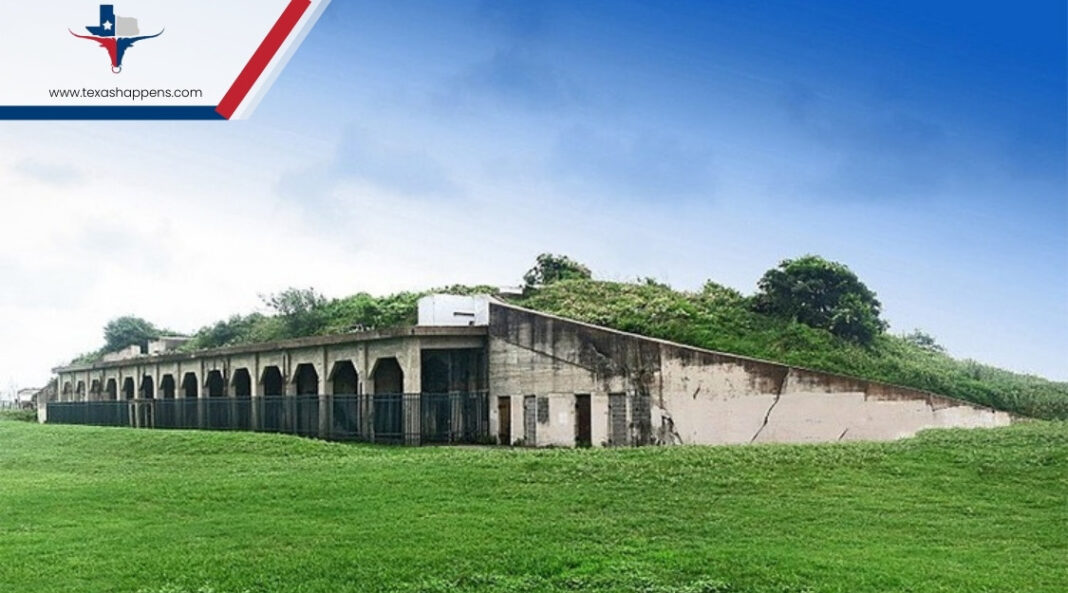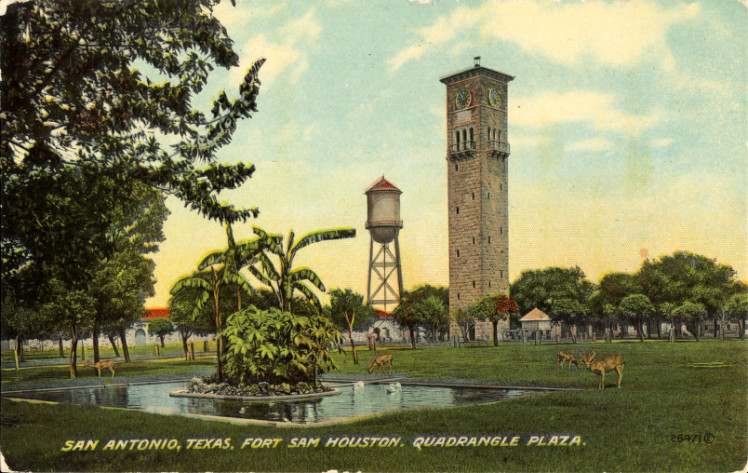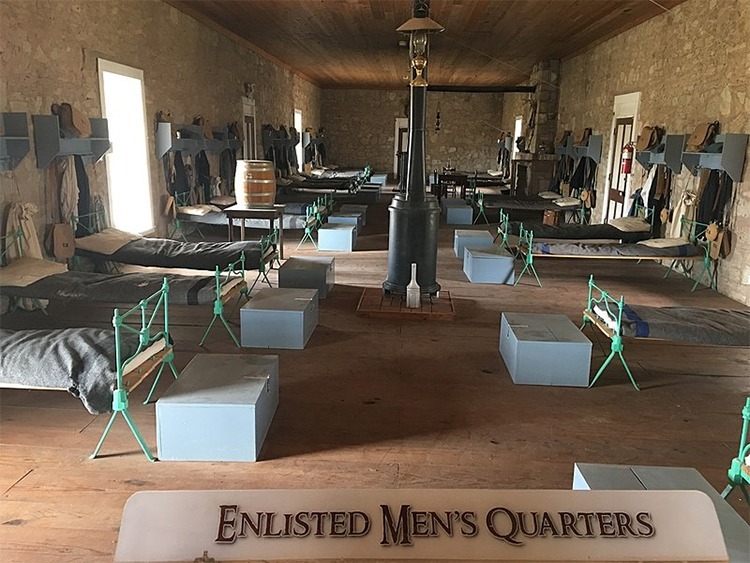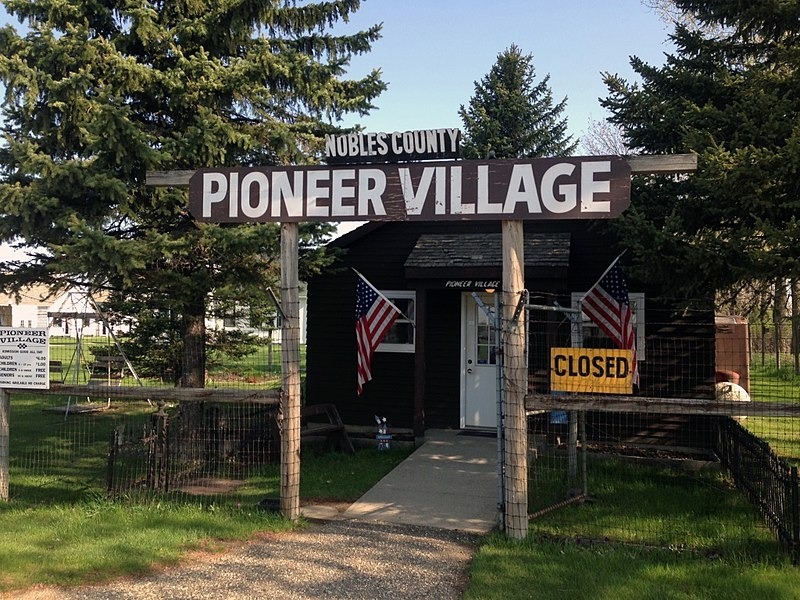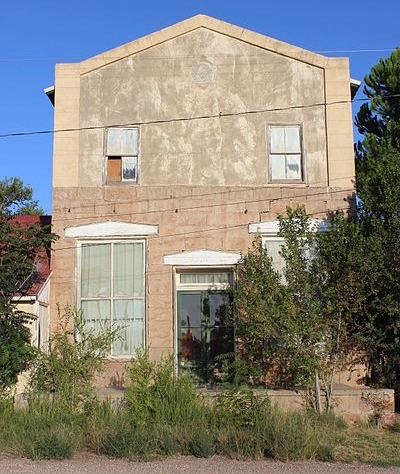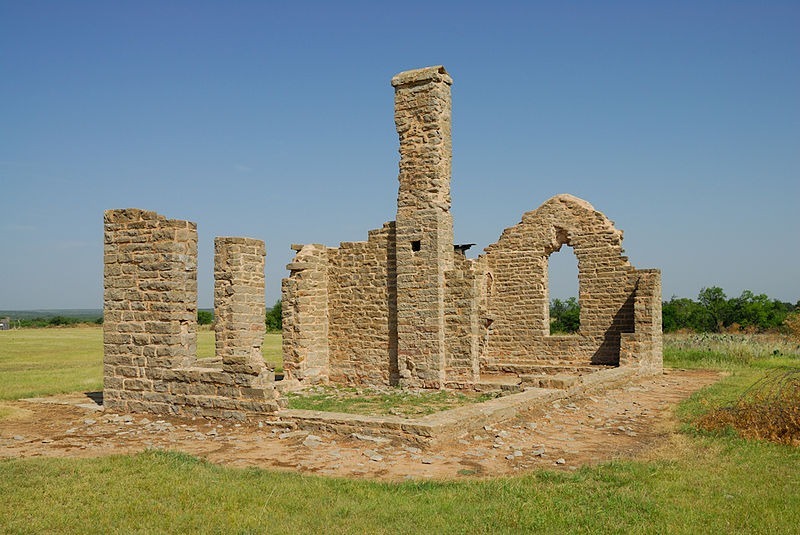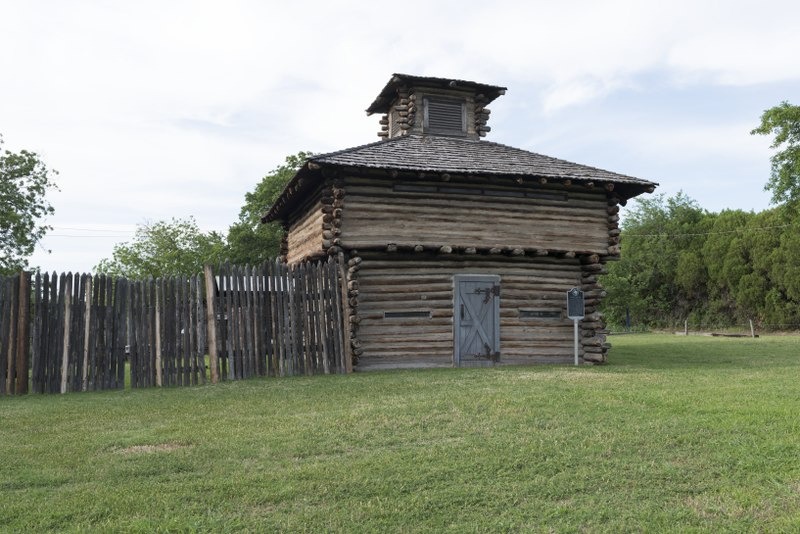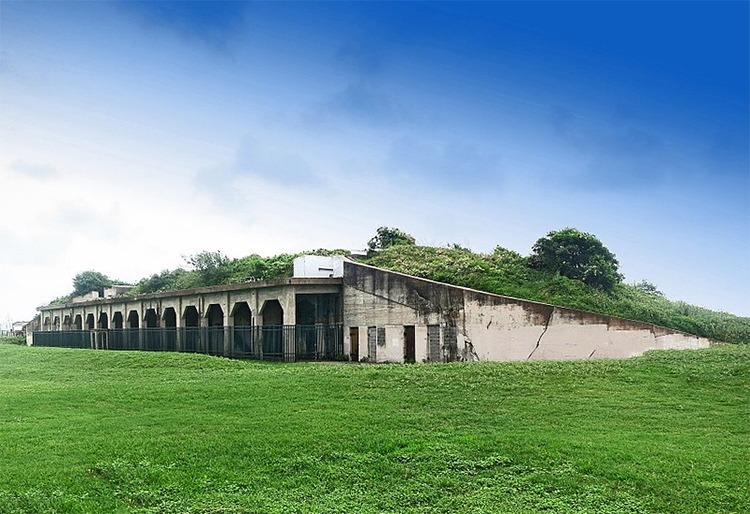Texas – a land rich in history and steeped in the lore of the Wild West – is home to many historic sites that offer glimpses into its turbulent yet fascinating past. Among these sites, the forts of Texas hold a special place. These forts, erected during times of conflict and expansion, tell tales of hardship, bravery, and the relentless spirit of those who helped shape the state.
Fort Sam Houston, San Antonio
Established in 1845, Fort Sam Houston in San Antonio is a crucial site in American military history. Known as the world’s largest military medical training facility, it encompasses the Brooke Army Medical Center and several other notable military medical institutions. The fort was consolidated as a medical training center as a result of the 2005 Base Realignment and Closure Commission’s recommendations.
Rich in architecture, Fort Sam Houston boasts over 900 historic buildings. One of the most noteworthy is the Quadrangle, the oldest structure on the fort. Initially serving as a supply depot and even temporarily housing the Apache war chief Geronimo, the site also became training grounds for numerous American soldiers, including Dwight D. Eisenhower.
Visitors to Fort Sam Houston can explore its military past at the Fort Sam Houston Museum and gain insights into military medical history at the U.S Army Medical Department Museum.
Fort Concho, San Angelo
Fort Concho was established in 1867 along the Concho River and served a crucial role in safeguarding the West Texas frontier. It was strategically built to protect settlements, oversee mail routes, and deter hostile regional threats. Fort Concho was constructed primarily using native limestone and the same material was used for at least forty buildings, sprawling over 1600 acres.
It also functioned as the regimental headquarters for notable frontier units like the 4th and 10th Cavalry, including elements of the Buffalo Soldiers. The fort housed military campaigns, notably Colonel Ranald S. Mackenzie’s successful campaign against Comanche Indians in 1872 and the Red River Campaign of 1874-75.
With a significant number of its original buildings preserved or restored, the fort offers a glimpse into 19th-century military life. Noteworthy structures include the commissary storehouse, San Angelo’s oldest building, officers’ quarters, barracks, a hospital, a stable, a schoolhouse, and the headquarters building. The fort was a military stronghold and a community center with a garden, hunting parties, and local trade.
Pioneer Village, Gonzales
Pioneer Village in Gonzales, Texas, is a living history museum that transports visitors back to the turn of the 20th century. This unique open-air museum features a collection of houses and buildings from the 1800s and early 1900s, all originally from Gonzales County.
Structures such as the Knowles-Townsend Cabin, Hamon Church, Muenzler House (also known as The Mansion), Broom Factory, and Blacksmith Shop offer a rich glimpse into the cultural lifestyle of the early settlers in this area. Most of the furnishings and equipment within these structures were donated, adding to the authenticity of the experience.
Visitors can explore the village and witness the preserved Gonzales County architectural history, often guided by volunteers in period costumes. These guides not only provide information about the buildings and their furnishings but also demonstrate various skills and crafts essential for the pioneer way of life. The Village also hosts several events, including the Come and Take It Festival, which features a live re-enactment of the famous battle, complete with gunfire and cannon fire.
Fort Davis, West Texas
Fort Davis, located in West Texas, stands as a significant example of a frontier military post. Its strategic position near the Davis Mountains served to protect the San Antonio-El Paso Road, ensuring safe passage for travelers and settlers. The fort played a vital role in the development and settlement of the western frontier. It was garrisoned by various regiments, including the famed Buffalo Soldiers of the 9th and 10th Cavalry. Commanders such as Colonel William R. Shafter and Ranald S. Mackenzie led Fort Davis, contributing to its storied military history.
Today, Fort Davis is a well-preserved site, offering visitors an authentic look at 19th-century military life. The fort’s many original buildings, including barracks, officers’ quarters, and a hospital, stand as testaments to its past. Visitors can take self-guided tours, absorbing the rich history surrounding the fort. The site also hosts special events and educational programs illuminating its significant role in the region’s military and cultural history.
Fort Griffin, Albany
Fort Griffin, established in 1867, was a vital military post located high on a plateau overlooking the Clear Fork of the Brazos River. Known for its rough and lawless reputation, the fort was pivotal in offering protection from Comanche and Kiowa raids. It was named in honor of Gen. Charles Griffin, who was the commander of the Department of Texas.
Despite intentions for permanent stone structures, the fort mainly consisted of temporary buildings due to material scarcity and military demands. Only six out of over 90 structures were built wholly of stone.
Fort Griffin also had a town that grew rapidly and was known for its unruly nature, attracting a mix of outlaws and lawmen. It served as a major supply source for buffalo hunters and a stop for cowboys herding cattle to Kansas. The town began to decline due to many reasons – the buffalo population dwindled, the Texas Central Railroad relocated, and the fort closed in 1881. Today, Fort Griffin State Historic Site preserves the fort’s ruins, including a mess hall, barracks, powder magazine, and bakery.
Fort Inglish, Bonham
Fort Inglish, established in the early 1830s by Bailey Inglish, was built as a defense against potential Native American raids in the Bonham area. This stockade was instrumental in offering protection for settlers on the Red River frontier. Unfortunately, detailed historical information about Fort Inglish is scarce online, suggesting a gap in easily accessible digital records regarding this specific site.
However, the fort’s role in early Texas history, particularly in providing a safe haven for early settlers in the Bonham region, remains an important part of local heritage. It would be beneficial to check local historical societies or archives in Bonham, Texas, for more in-depth information about Fort Inglish and its significance in the state’s pioneer history.
Fort Mason, Mason
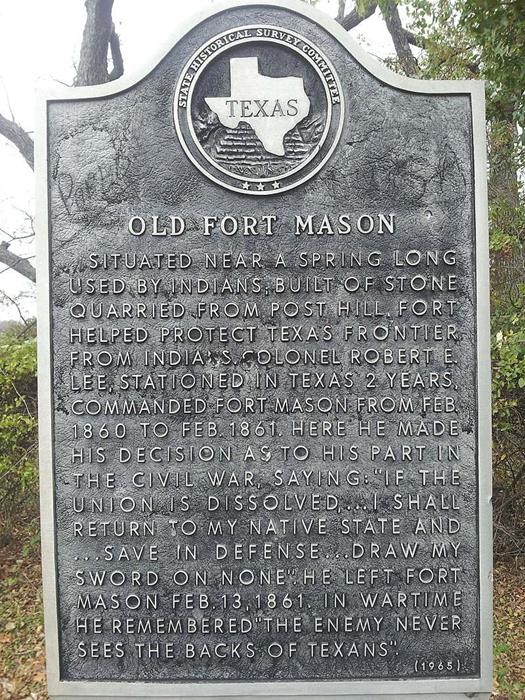
Fort Mason, established in 1851 in present-day Mason County, Texas, was a key defensive position against Kiowa, Lipan Apache, and Comanche tribes. The site was chosen by Lieutenant Colonel William J. Hardee and surveyor Richard Austin Howard. Initially under the control of Brevet Major Hamilton W. Merrill and the Second Dragoons, the fort saw several closures and reoccupations over the years. Notably, Fort Mason was Robert E. Lee’s last command post in the U.S. Army before the outbreak of the Civil War.
During the Civil War, Fort Mason was controlled by the Confederate States Army. It was briefly used as a prison camp, holding over 200 men, mostly civilians accused of being Union sympathizers. The fort was reoccupied by Federal troops in December 1866 under General John Porter Hatch and served as a key location during the Reconstruction era.
However, the fort faced challenges like lawlessness and Indian raids, and by 1869, the fort was marginally staffed and eventually closed. It was reopened in 1870 as the headquarters for Texas frontier forces but was closed permanently in 1871. The buildings were dismantled over time by local citizens, and a restoration project began in 1975. Today, Fort Mason is part of the Mason County Historical Society, featuring a reproduction of the officer’s quarters and serving as a reminder of the fort’s significant role in Texas history.
Fort Crockett, Galveston
Fort Crockett, established in Galveston post-1900 following the great storm, served a crucial role in coastal defense and artillery training during World War II. The fort featured massive concrete gun placements situated on a hillside, symbolizing the military’s response to modern warfare’s evolving nature. Its significance grew during World War II when it served as a central training and defense location.
Over the years, Fort Crockett’s role shifted, and it eventually ceased its function as a military installation. The fort’s historical and strategic importance remains a point of interest, especially for those keen on military history and coastal defense mechanisms. Today, what remains of Fort Crockett is a testament to the evolution of coastal defense strategies and the adaptation of military installations to changing warfare and environmental challenges.
Fort Chadbourne, Bronte
Fort Chadbourne, established in October 1852 by Companies A and K of the Eighth United States Infantry, played a key role in protecting the western frontier, particularly from Kiowa and Comanche tribes. It was named after 2nd Lt. Theodore Lincoln Chadbourne, who was killed in the Battle of Resaca de la Palma during the Mexican-American War. This fort was part of a ring of posts founded in the early 1850s and served as a defense for a station on the Butterfield Overland Mail route from 1858 to 1861.
During the Civil War, Fort Chadbourne was occupied by Confederate troops, and after the war, it was briefly reoccupied by Union troops. By December 1867, Union troops had moved to the newly established Fort Concho, reducing Fort Chadbourne’s military significance. Despite its decline, the fort continued as a station on the San Antonio-El Paso stage line and was used as a sub-post by the Army.
Today, Fort Chadbourne has been restored and preserved by the Fort Chadbourne Foundation, established in 1999 by Garland and Lana Richards. The foundation’s efforts have revitalized the fort, featuring a visitor center housing a vast collection of artifacts, including military and Native American items, as well as an extensive antique gun collection. The site showcases the history of Fort Chadbourne and its role in Texas’ frontier defense, with guided tours available for visitors. The fort’s location is in Coke County, just off U.S. 277, near Bronte, Texas.
Conclusion
Each of these forts represents a significant chapter in Texas’s rich history, from military strategies to the daily struggles and triumphs of early settlers. They stand not only as monuments of the past but as educational resources, offering insights into the complex tapestry of Texas’s heritage.

